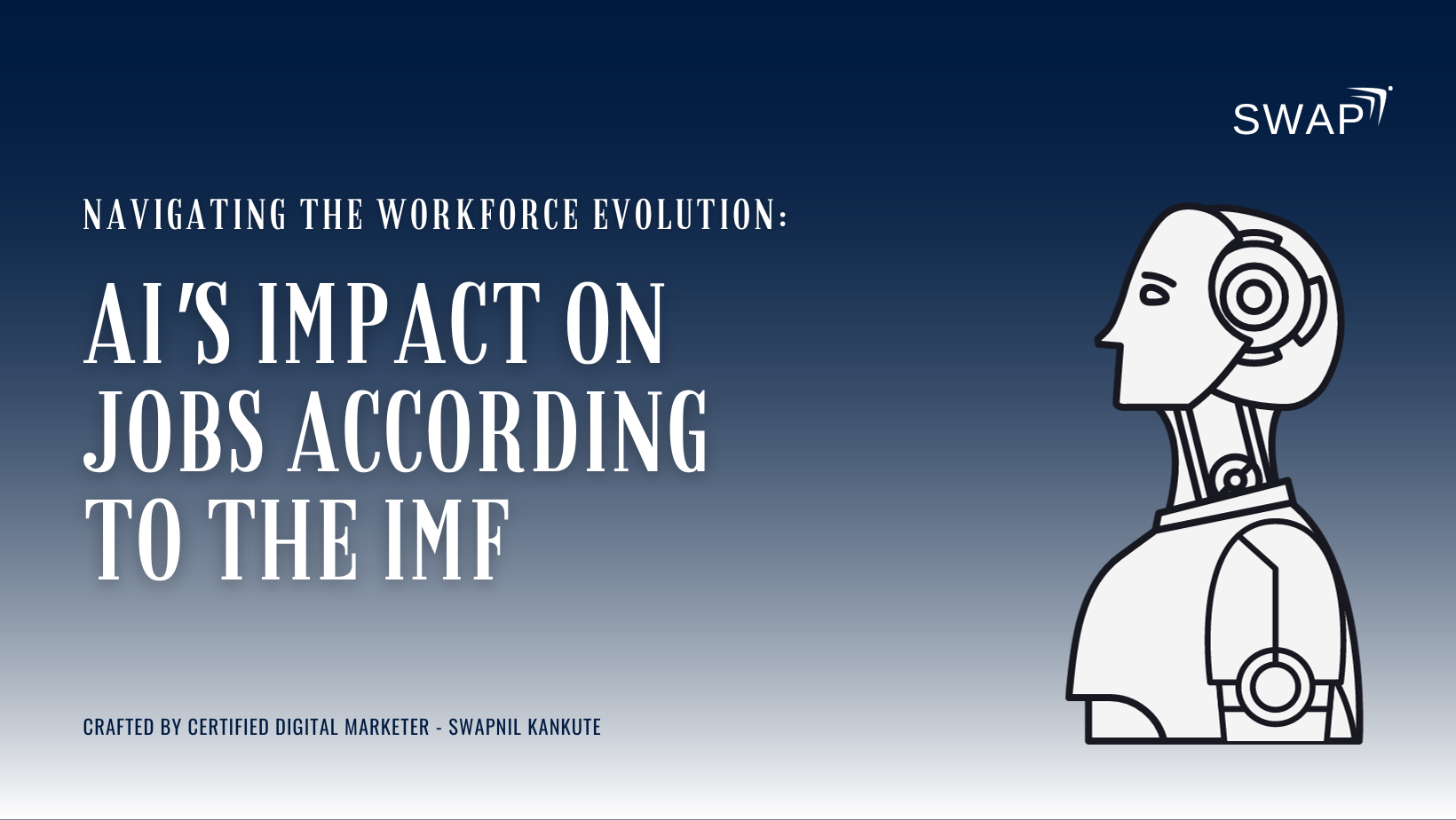In the ever-evolving landscape of technological advancements, the International Monetary Fund (IMF) has sent shockwaves through the global job market with a bold proclamation: Artificial Intelligence (AI) could displace up to 40% of jobs, with advanced economies facing the highest exposure. This revelation prompts us to delve into the intricacies of this transformative phenomenon and ponder the implications it holds for the future of work.
Table of Contents
ToggleThe IMF’s Alarming Analysis
The IMF’s recent analysis highlights the seismic shift AI is poised to bring to the workplace. A potential 40% displacement of jobs on a global scale is not merely a statistic but a harbinger of a profound transformation in the employment landscape. Advanced economies, including stalwarts like the United States and Europe, find themselves particularly vulnerable to this impending disruption.
Inequality Amplified: A Troubling Trend
IMF Managing Director Kristalina Georgieva sounds a warning about the impact of AI on overall inequality. As AI integrates into various sectors, there is a growing concern that it may disproportionately benefit high-income workers, further widening wealth gaps. This troubling trend necessitates proactive measures from policymakers to prevent social tensions from escalating.
The Role of Augmentation vs. Automation
While the specter of job displacement looms, it’s crucial to recognize that AI, in its current trajectory, is more likely to augment human capabilities rather than outright replace them. The relationship between AI and human workers is nuanced, with the potential to enhance efficiency and productivity across various roles. However, the balance between augmentation and automation remains a delicate one.
A Global Divide: Varied Impact Across Economies
Interestingly, the IMF’s analysis suggests that the impact of AI will not be uniform across countries. Emerging markets and low-income nations appear to be less exposed to the disruptive effects of AI, creating a global divide in the face of this technological revolution. Understanding these disparities becomes imperative in crafting nuanced strategies for the evolving job market.
Proactive Measures: A Call to Action
Georgieva’s recommendation for comprehensive social safety nets and retraining programs emerges as a crucial call to action. As AI reshapes industries and job requirements, proactive measures are essential to safeguard vulnerable workers from displacement. Policymakers face the challenge of not only adapting to the evolving technological landscape but also ensuring a fair and inclusive transition for the workforce.
Uncertain Regulatory Terrain
In this AI-driven upheaval, the regulatory environment remains uncertain globally. While the European Union takes tentative steps towards legislating AI use, the United States is still in the process of evaluating its stance on federal AI regulation. The lack of a standardized regulatory framework adds another layer of complexity to the ongoing discourse.
Conclusion: Navigating the Future of Work
As we grapple with the IMF’s stark prediction, it becomes evident that the future of work is undergoing a paradigm shift. The interplay between AI and employment demands thoughtful consideration, not only from policymakers but also from businesses, educators, and workers themselves. In this era of technological acceleration, navigating the path forward requires collaboration, adaptability, and a collective commitment to shaping a future where the benefits of AI are equitably distributed.
The IMF’s revelation serves as a catalyst for a broader conversation about the role of AI in our workplaces and societies. It’s a conversation that transcends borders and industries, inviting us to collectively steer the course of our technological future



